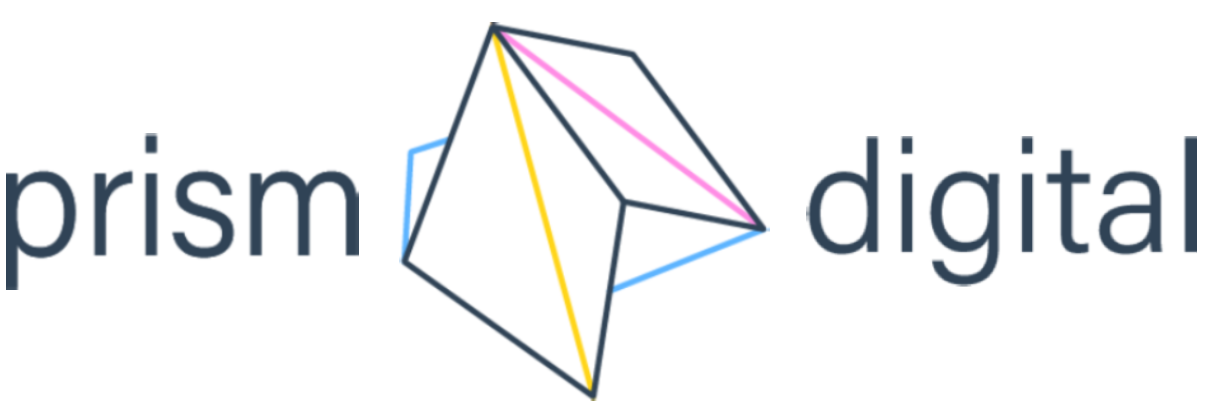There is a wealth of technology that underpins today’s small, medium, and enterprise-level companies, but more often than not, these technologies are a haphazard collection of software designed for specific, separate tasks.
Why is this a problem? Well, as your business grows and new software is added, you’ll notice that nothing functions together to create a consolidated, all-in-one platform where employees can access all of the information they need to manage the company. This is where software integration can help you out.
How do software integrations work?
Software integration allows you to link together a group of similar applications to meet your specific business needs. It is defined by HubSpot as the process of combining two or more software applications in order to solve the problem of isolated data. When your applications are integrated, not only will it save you time, it will also reduce errors by instantly updating data in linked applications.
The interaction of different software involves:
- Sharing and storing multiple copies of the same data across several applications
- Using a single interface to access the features of multiple software programs
- Bringing separate systems together to integrate the flow of activities
What types of software integrations are there?
The following are some of the most common methods for integrating software applications:
-
Application programming interface (API) integration
API is a software intermediary that allows two applications to talk to each other. APIs are an accessible way to extract and share data within and across organizations.
-
Integration Platform-as-a-Service (iPaaS)
Composed of a suite of cloud services, these service platforms allow developers to create integration flows between on-premise and SaaS applications.
-
Enterprise bus service (EBS)
An ESB is a type of software platform known as middleware, which works behind the scenes of two or more applications to facilitate data exchange.
The advantages of integrating software
Have you ever stopped to wonder how much time, money, and data you are losing because, for example, your marketing software solutions are not integrated? Integrating your systems allows for better alignment between your teams, giving you consistent messaging and one single source of truth for customer data.
Here are four key benefits of using integrations:
- Cost effectiveness—Software integrations increase efficiencies and can help lower the total cost of business processes. They also reduce inefficiencies and costs that come up when your business is relying on multiple softwares.
- Built-in automation— By taking advantage of various software integrations, you can easily automate processes that are typically manual. Taking the time to automate tasks allows staff to focus on other key parts of the business, such as customer service.
- Improved data flow—Integrations can allow for real-time data synchronization and smooth data flow. In fact, integrations often eliminate the risk of an application that is outdated, duplicated, and not accurate.
- Increased flexibility and scalability—With software integrations, your business will find it easier to scale at a fast pace. Whether this is building internal integrations to automate processes or developing native integrations as an important product feature.
Software integration: an example
Software integrations connect your existing or new technologies so that data and functionality may be shared simply. Take CRM integration, for example. You can integrate your CRM tool with your email marketing platform. This makes it simple to develop and send email campaigns directly from your CRM software or to receive email notifications when client information in the CRM changes.
HubSpot integration: Work smarter not harder
By now you’ve figured out that software integration is a very broad term and that there are several types of integration software available. As a HubSpot partner, Prism Digital can make your HubSpot integration and migration simple and painless, so you can stop toggling between systems and provide an even better customer experience.
If you're not using HubSpot, you should start today!
.png?width=200&height=73&name=Logo(1).png)


